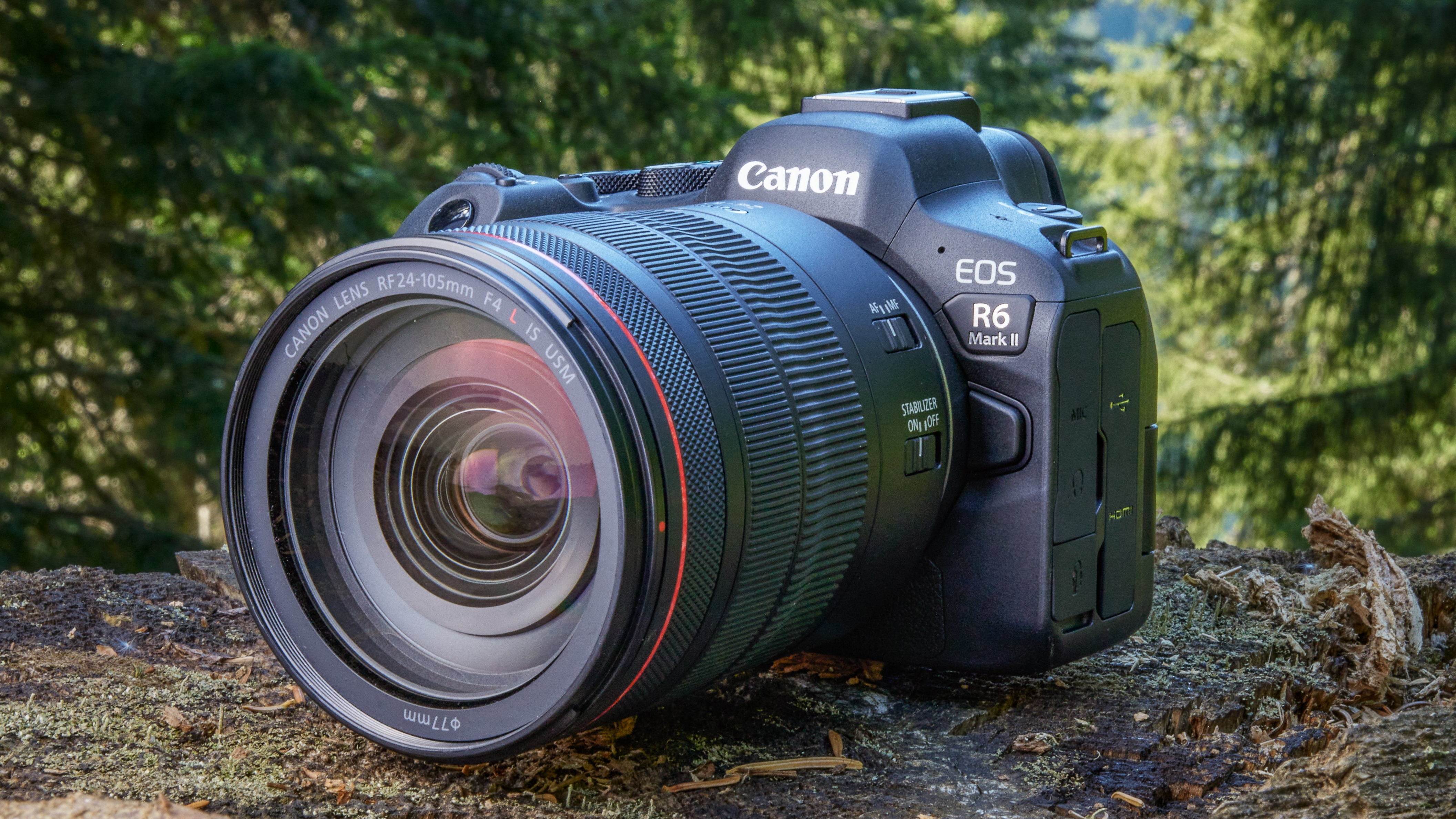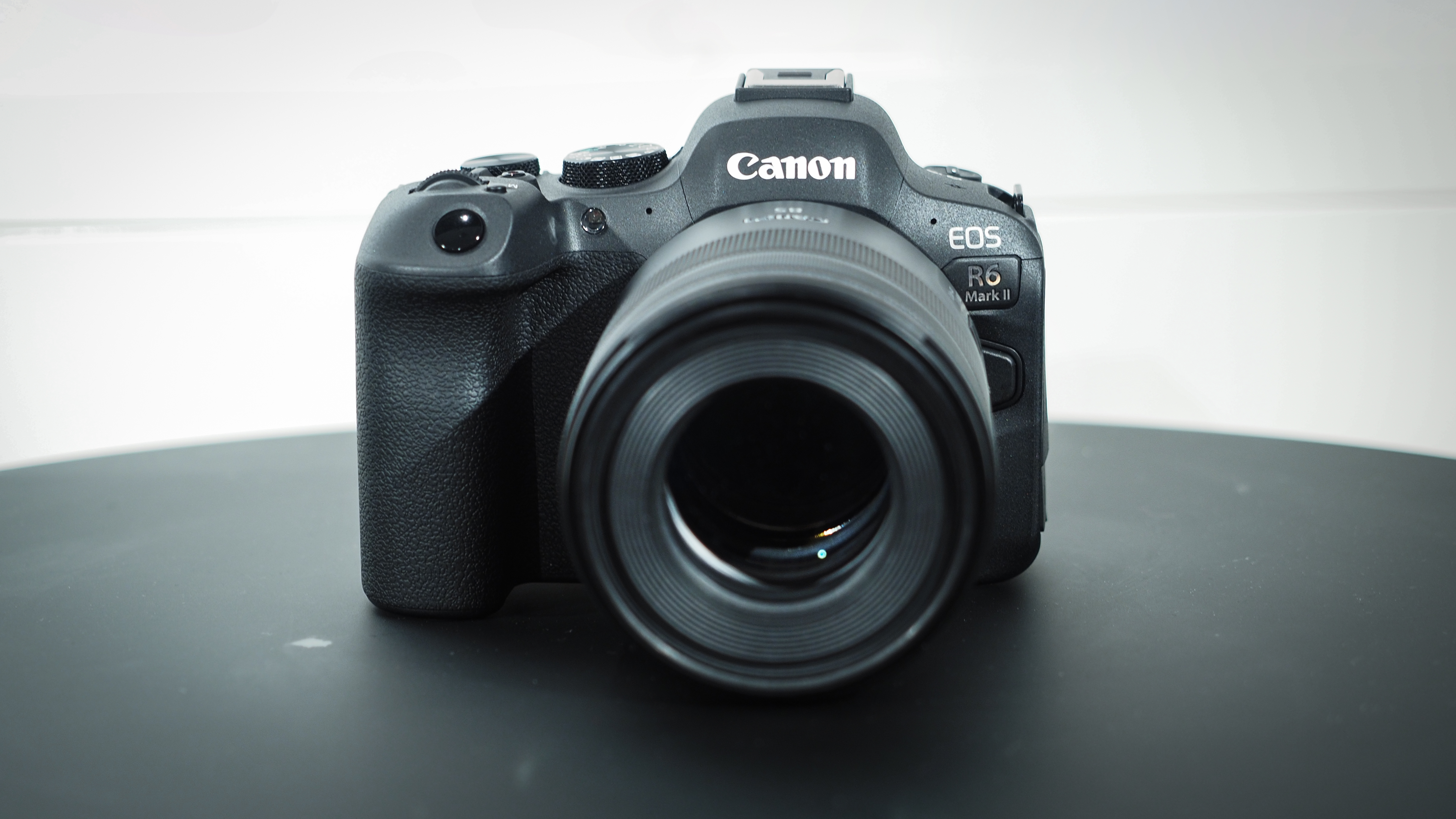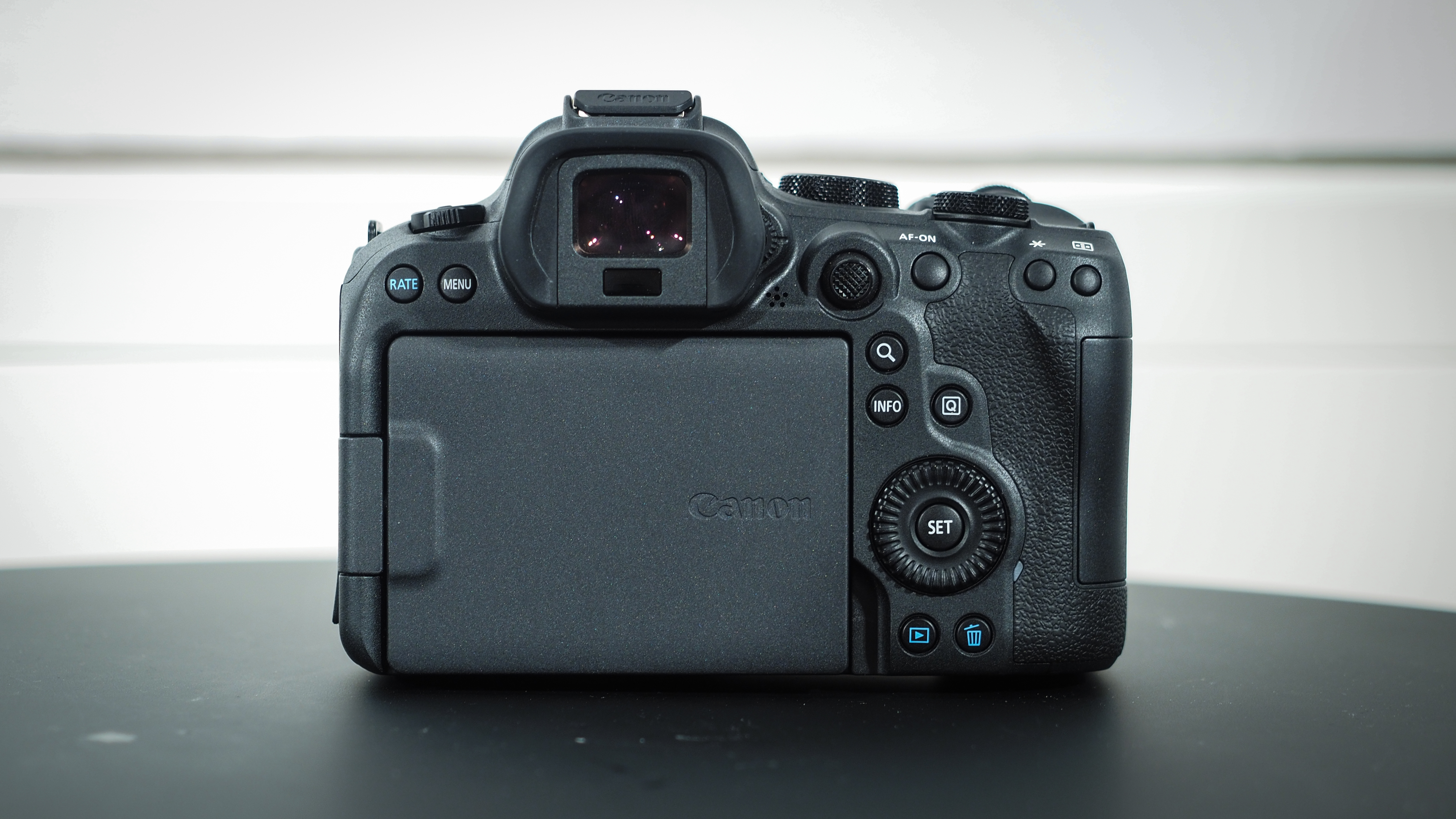The best Canon EOS R6 Mark II prices and deals
The best Canon EOS R6 Mark II deals will leave you wanting this professional powerhouse

Looking for the best Canon EOS R6 Mark II deals? Launched in late November 2022, the Canon EOS R6 Mark II is the most talked about mirrorless cameras on the market right now, offering outstanding video and photo capabilities.
As it's a relatively new camera and an upgrade on the Canon EOS R6, it's never going to be the cheapest, but we've got the best prices for you below.
The Canon EOS R6 Mark II is almost identical in size, weight, and proportion to the original – and it retains the same degree of weather sealing, too. However, there have been some key changes worth noting.
• Check out our comparison of the Canon R6 Mark II vs R6.


The best Canon EOS R6 Mark II deals
The 40fps shooting speed is just the job for wildlife and sports
Sensor: 24.2MP CMOS | Image processor: Digic X | Lens mount: Canon RF | ISO range: 100-102,400 (exp 50-204,800) | Video: 4K HQ 60p, 1080p 180p | Viewfinder: 3.69m dot OLED, 0.5 inch, 100% coverage, 120fps refresh | Size: 138.4 x 98.4 x 88.4mm | Weight (body only): 670g (including battery and memory card)
What's different to the Canon EOS R6? Firstly, the power switch: it's gone. Well, not completely – it's just gone from its old position on the left shoulder, replaced instead by a dedicated stills/video switch that's a big nod towards this camera's overt focus on hybrid shooters. The power switch now sits instead on the right shoulder, beneath the rear exposure dial – which should please street shooters who like to arm their cameras one-handed.
The other change is to the joystick, where the familiar EOS R5 and EOS R6 input has been replaced with a newly designed one (which is also customizable). It lacks the knurled edges at the top-left, top-right, and center-bottom of the stick – so if you're familiar with the previous design, you might find your thumb sliding off without the tactile notification that you're at the edge of the disc.
There are other welcome creative additions, too, such as in-camera focus bracketing – which, unlike other Canon cameras, actually does the compositing in-camera rather than requiring you to do it manually in external software.
And thanks to the improved stabilization, which is good for up to 8 stops depending on your lens choice, you can do it without a tripod. We did a 100-shot stack, handheld, and the results were perfect.
Get the Digital Camera World Newsletter
The best camera deals, reviews, product advice, and unmissable photography news, direct to your inbox!

For nearly two decades Sebastian's work has been published internationally. Originally specializing in Equestrianism, his visuals have been used by the leading names in the equestrian industry such as The Fédération Equestre Internationale (FEI), The Jockey Club, Horse & Hound, and many more for various advertising campaigns, books, and pre/post-event highlights.
He is a Fellow of the Royal Society of Arts, holds a Foundation Degree in Equitation Science, and holds a Master of Arts in Publishing. He is a member of Nikon NPS and has been a Nikon user since his film days using a Nikon F5. He saw the digital transition with Nikon's D series cameras and is still, to this day, the youngest member to be elected into BEWA, the British Equestrian Writers' Association.
He is familiar with and shows great interest in 35mm, medium, and large-format photography, using products by Leica, Phase One, Hasselblad, Alpa, and Sinar. Sebastian has also used many cinema cameras from Sony, RED, ARRI, and everything in between. He now spends his spare time using his trusted Leica M-E or Leica M2, shooting Street/Documentary photography as he sees it, usually in Black and White.
